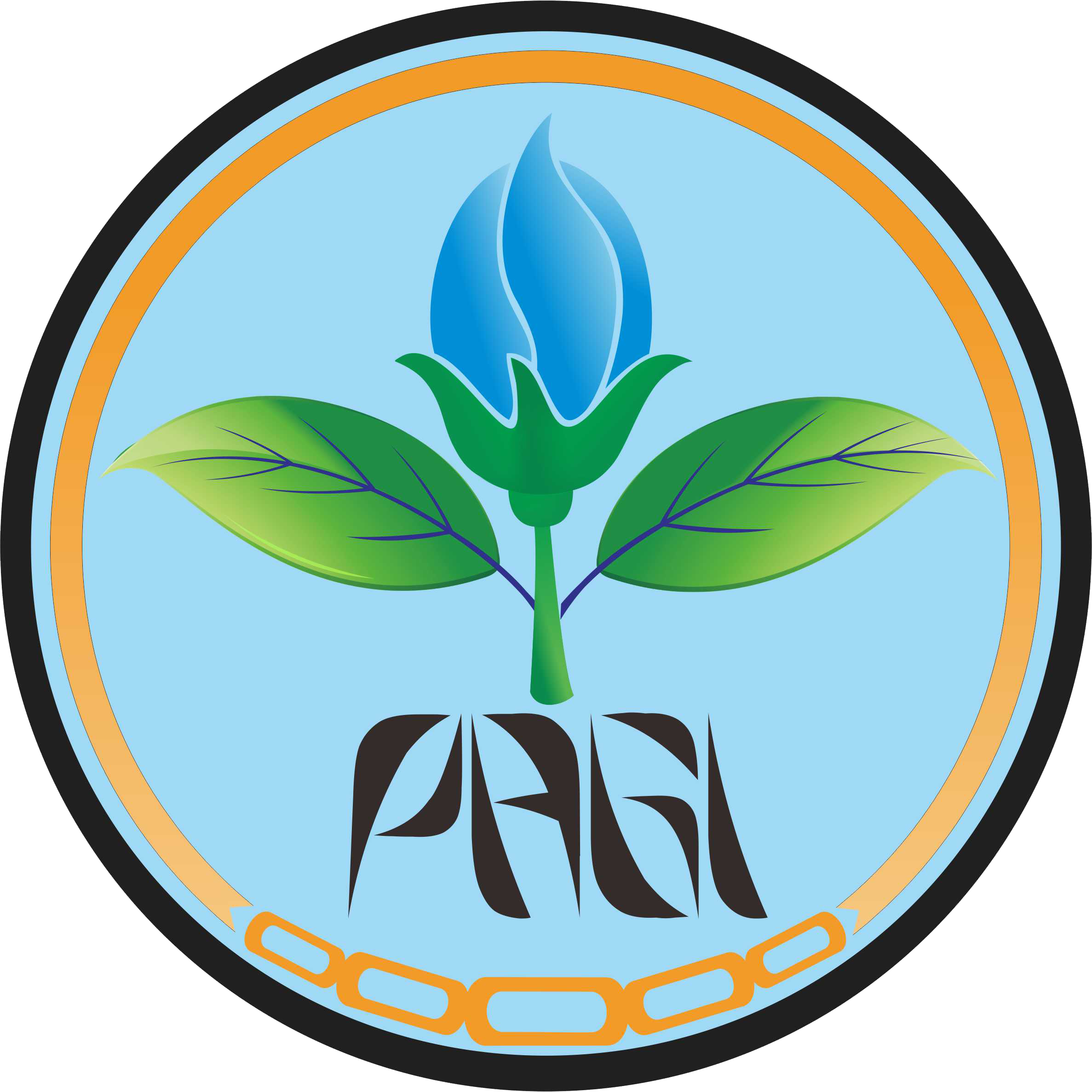Respons Hasil Padi dan Hara Tanah Sawah terhadap Bakteri Pelarut Fosfat dan Pemfiksasi Nitrogen
Abstract
Keywords
Full Text:
PDF(ID)References
Cecilia D, Riley WJ, Maggi F. 2019. Biochemical modeling of microbial memory effects and catabolite repression on soil organic carbon compounds. Soil Biol Biochem. 128:1-12. https://doi.org/10.1016/j.soilbio.2018.10.003.
Dermiyati, Antari J, Yusnaini S, Nugroho SG. 2009. Perubahan populasi mikroorganisme pelarut fosfat pada lahan sawah dengan sistem pertanian intensif menjadi sistem pertanian organik berkelanjutan. J Tanah Trop.14(2):143-148.
Dobermann A, Fairhurst TH. 2000. Rice: nutrient disorders & nutrient management. Handbook series. Oxford Graphic Printers Pte Ltd.
Gyaneshwar P, James EK, Mathan N, Reddy PM, Hurek BR, Ladha JK. 2001. Endophytic colonization of rice by a diazotrophic strain of Serratia marcescens. J Bacteriol. 183(8):2634-2645. https://doi.org/10.1128/JB.183.8.2634-2645.2001.
Hidayati N, Triadiati, Anas I. 2016. Photosynthesis and transpiration rates of rice cultivated under the system of rice intensification and the effects on growth and yield. Hayati J of Biosci. 23(2):67-72. https://doi.org/10.1016/j.hjb.2016.06.002.
Husna M, Sugiyanta, Pratiwi E. 2019. Kemampuan konsorsium Bacillus pada pupuk hayati dalam memfiksasi N2, melarutkan fosfat dan mensintesis fitohormon Indole-3-Acetic-Acid. J Tanah Iklim. 43(2):113-121. http://dx.doi.org/10.21082/jti.v43n2.2019.117-125.
Irawati A, Kusnanto T. 2017. Pengaruh aplikasi pupuk hayati terhadap sifat kimia tanah pada lahan sawah. In: Dermiyati, Niswati A, Yusnaini S, Yuliana N, Hasanuddin U, Erwanto, Hidayat KF, Aji S, Kusarpoko B, Rivaie AA, et al, editor. Agroinovasi spesifik lokasi untuk memantapkan ketahanan pangan pada era masyarakat ekonomi ASEAN. Prosiding Seminar Nasional “Agroinovasi Spesifik Lokasi untuk Ketahanan Pangan pada Era Masyarakat Ekonomi ASEAN”; 19-20 Oktober 2016; Bandar Lampung, ID. Bogor (ID): Balai Besar Pengkajian dan Pengembangan Teknologi Pertanian. pp. 272-278.
Jha CK, Saraf M. 2015. Plant growth promoting rhizobacteria (PGPR): a review. E3 J Agric Res Dev. 5(2):108-119.
Kasno A, Irawan, Husnain, Rochayati S. 2017. Integrated nutrient management acid paddy soil in Karang Tanjung village, Padang Ratu, Central Lampung. J Trop Soils. 22(2):97-106.
Kumar U, Nayak AK, Shahid M, Gupta VVSR, Panneerselvam P, Mohanty S, Kaviraj M, Kumar A, Chatterjee D, Lal B, et al. 2018. Continuous application of inorganic and organic fertilizers over 47 years in paddy soil alters the bacterial community structure and its influence on rice production. Agric Ecosyst Environ. 262:65-75. https://doi.org/10.1016/j.agee.2018.04.016.
Mulyani A, Setyorini D, Rochayati S, Las I. 2012. Karakteristik dan sebaran lahan sawah terdegradasi di 8 provinsi sentra produksi padi. In: Wigena P, Nurida NL, Setyorini D, Husnain, Husen E, Suryani E, editor. Teknologi pemupukan dan pemulihan lahan terdegradasi. Prosiding Seminar Nasional “Teknologi Pemupukan dan Pemulihan Lahan Terdegradasi”. Bogor (ID): Balai Besar Penelitian dan Pengembangan Sumberdaya Lahan Pertanian. pp. 99-110.
Pandey A, Suter H, He JZ, Hu HW, Chen D. 2021. Dissimilatory nitrate ammonification and N2 fixation helps maintain nitrogen nutrition in resource-limited rice paddies. Biol Fertil Soils. 57:107-115. https://doi.org/10.1007/s00374-020-01508-2.
Panhwar QA, Ali A, Naher UA, Memon MY. 2019. Fertilizer management strategies for enhancing nutrient use efficiency and sustainable wheat production. Chapter 2, Organic Farming; Cambridge (GB): Woodhead Publishing Series in Food Science, Technology and Nutrition. pp. 17-39. https://doi.org/10.1016/B978-0-12-813272-2.00002-1.
Panhwar QA, Juzop S, Naher UA, Othman R, Razi MI. 2013. Application of potential phosphate-solubilizing bacteria and organic acids on phosphate solubilization from phosphate. Sci World J. 2013:272409. https://doi.org/10.1155/2013/272409.
Purwani J, Pratiwi E, Hastuti RD, Salma S, Wardana IP. 2018. Efektivitas pemupukan N, P dan K menggunakan pupuk hayati Agrimeth pada padi varietas Inpari 10 di lahan sawah Inceptisol Bogor. In: Zarwazi LM, Agustiani N, Margaret S, Susanti Z, Rahmini, Suprihanto, Nuryanto B, Usyati N, Herawati NA, Satoto, et al, editor. Dukungan inovasi teknologi padi untuk mewujudkan Indonesia sebagai lumbung pangan dunia. Prosiding Seminar Nasional Padi 2017; 11 Desember 2017; Subang (ID): Balai Besar Penelitian Tanaman Padi. pp. 361-372.
Puspitawati MD, Sugiyanta, Anas I. 2013. Pemanfaatan mikrob pelarut fosfat untuk mengurangi dosis pupuk P anorganik pada padi sawah. J Agron Indones. 41(3):188-195.
Satapute PP, Olehkar HS, Shetti AA, Kulkarni AG, Hitemath GB, Patagundi BI, Shisvsharan CT, Kaliwal BB. 2012. Isolation and characterization of nitrogen fixing Bacillus subtilis strain AS-4 from agricultural soil. Int. J Recent Sci Res. 3(9):762-765.
Soepandi D. 2014. Fisiologi adaptasi tanaman terhadap cekaman abiotik pada agroekosistem tropika. Bogor (ID): IPB Press.
Vandana UK, Chopra A, Battacharjee S, Mazumder PB. 2017. Microbial Biofertilizer: A Potential Tool for Sustainable Agriculture. In: Panpatte D, Jhala Y, Vyas R, Shelat H (Eds). Microorganism for Green Revolution. Singapore (SG): Springer Nature Singapore Pte Ltd. pp. 25-52. https://doi.org/10.1007/978-981-10-6241-4_2.
Vyas RV, Panpatte DG, Jhala YK, Shelat HN. 2017. Wonders of microbes in agriculture for productivity and sustainability. In: Panpatte D, Jhala Y, Vyas R, Shelat H (Eds). Microorganism for Green Revolution. Singapore (SG): Springer Nature Singapore Pte Ltd. pp. 1-23. https://doi.org/10.1007/978-981-10-6241-4_1.
Zaidi A, Khan MS, Ahemad M, Oves M, Wani PA. 2009. Recent advances in plant growth promotion by phosphate-solubilizing microbes. In: Khan MS, Zaidi A, Musarrat J, editors. Microbial strategies for crop improvement. Berlin (DE): Springer. https://doi.org/10.1007/978-3-642-01979-1_2.
Refbacks
- There are currently no refbacks.






